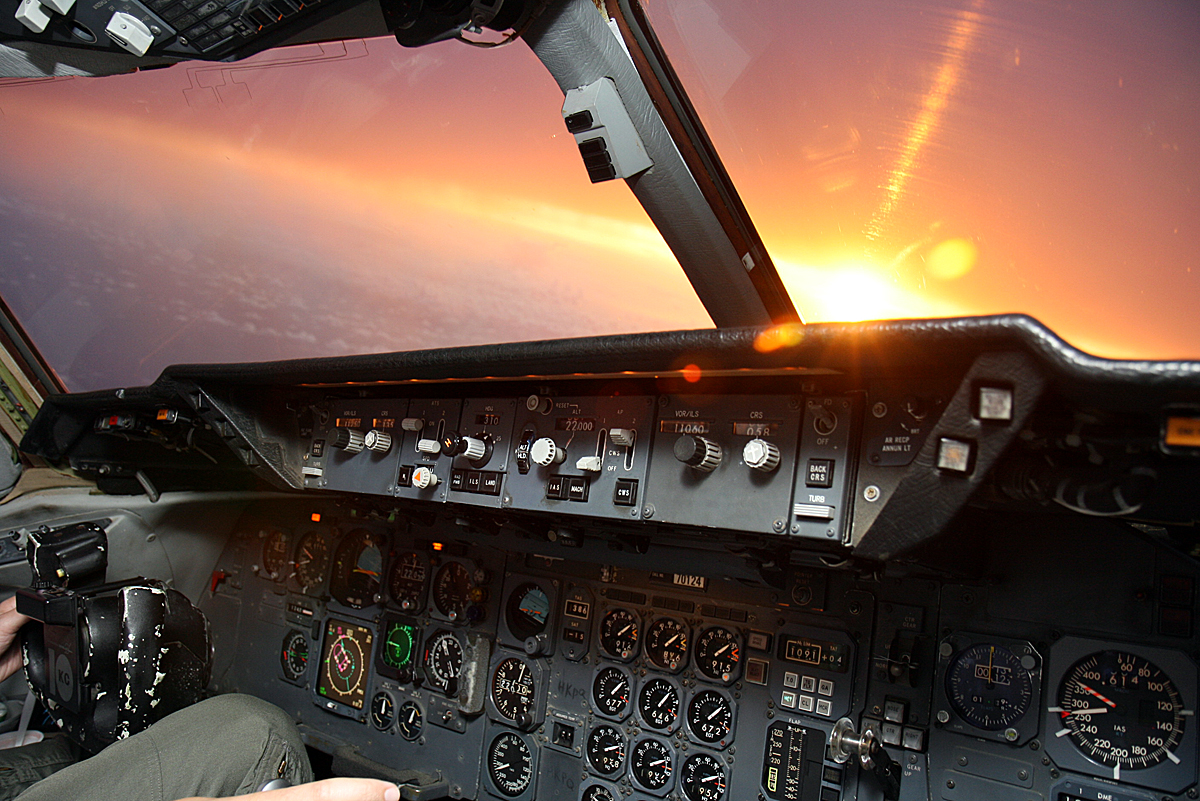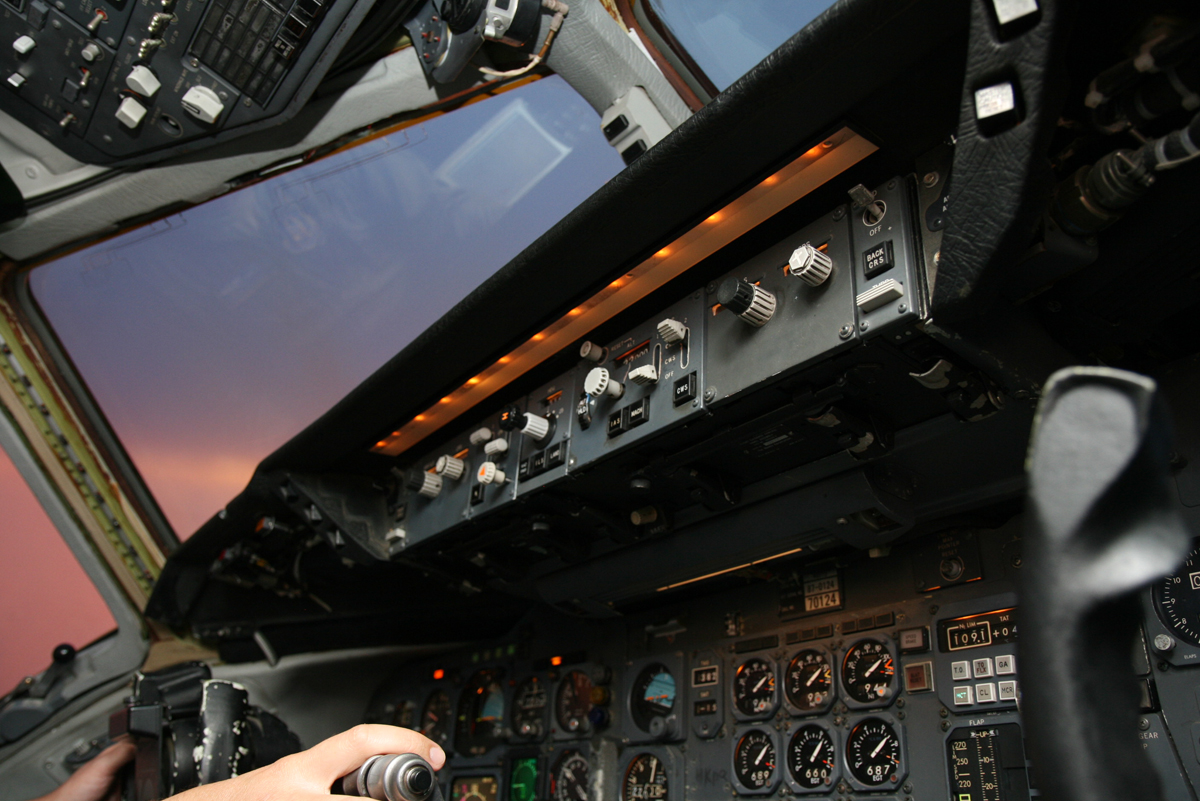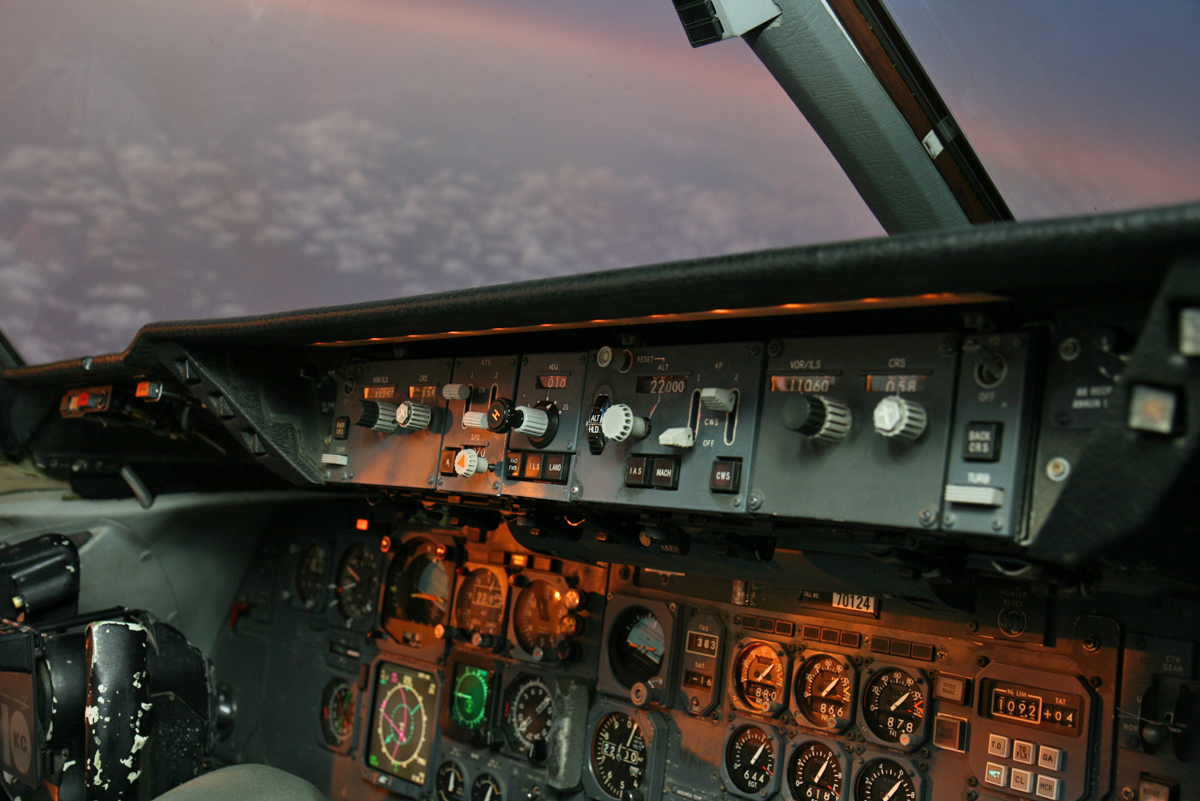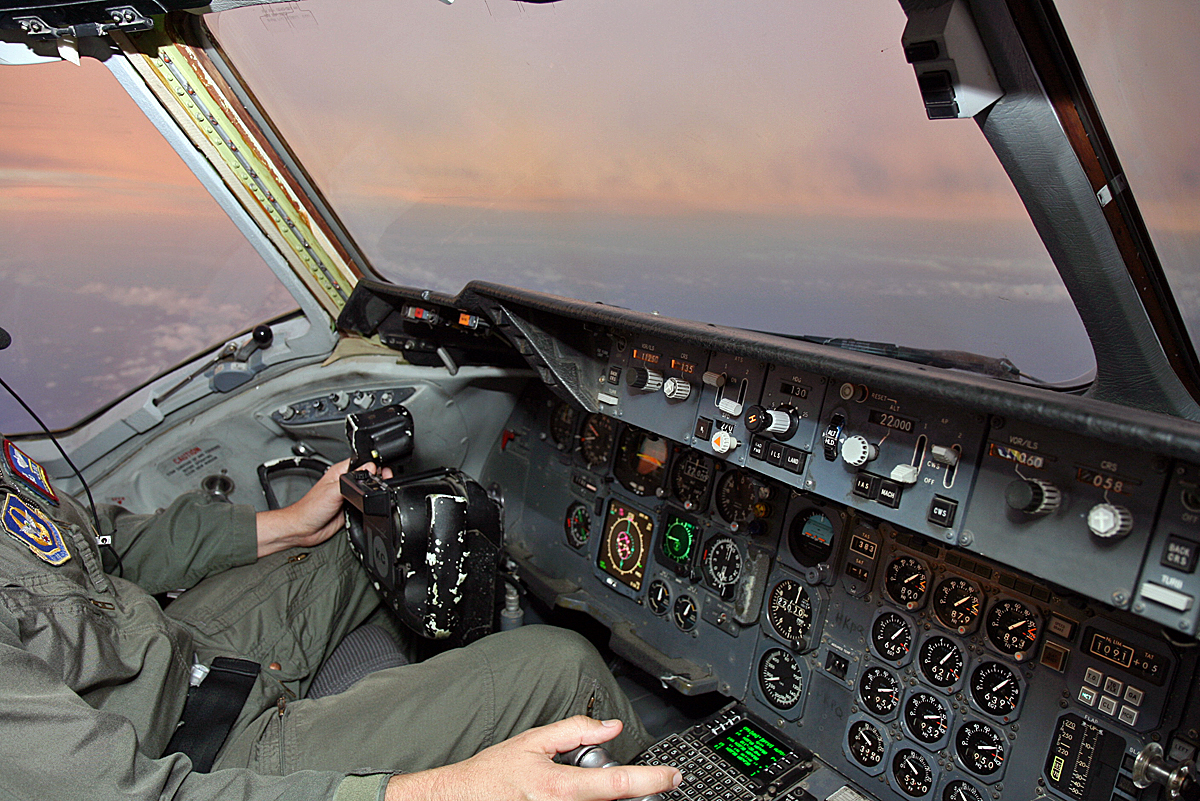You are using an out of date browser. It may not display this or other websites correctly.
You should upgrade or use an alternative browser.
You should upgrade or use an alternative browser.
Orbiting off of Norfolk in the KC10
- Thread starter USAFplt
- Start date
TFaudree_ERAU
Mashin' dem buttons
Care to explain what "Giant Killer" is?
PS, awesome shots. I see you have a Canon XTi. Drop some cash on the Canon 10-22 lens (the Tokina 10-20) and you can get the entire instrument panel in the frame. It is an awesome lens.
PS, awesome shots. I see you have a Canon XTi. Drop some cash on the Canon 10-22 lens (the Tokina 10-20) and you can get the entire instrument panel in the frame. It is an awesome lens.
Matt13C
Well-Known Member
Care to explain what "Giant Killer" is?
PS, awesome shots. I see you have a Canon XTi. Drop some cash on the Canon 10-22 lens (the Tokina 10-20) and you can get the entire instrument panel in the frame. It is an awesome lens.
I heard that call sign given to a flight of F-18's when I was down in VA on vacation a couple weeks ago. I think there is a squadron of Marine F-18s based out of Oceana. I am just going off the tiny bit of information I could gather from listening to ATC talk to the jets coming and going over my head while I sat on the beach though.
TFaudree_ERAU
Mashin' dem buttons
I heard that call sign given to a flight of F-18's when I was down in VA on vacation a couple weeks ago. I think there is a squadron of Marine F-18s based out of Oceana. I am just going off the tiny bit of information I could gather from listening to ATC talk to the jets coming and going over my head while I sat on the beach though.
I know its an ATC facility, not a fighter jet squadron. I just don't know what they do.
Hacker15e
Who am I? Where are my pants?
Care to explain what "Giant Killer" is?
It is the callsign of the military coastal radar controller who controls the Warning Areas and ADIZ off the central East Coast.
USAFplt
Well-Known Member
Care to explain what "Giant Killer" is?
PS, awesome shots. I see you have a Canon XTi. Drop some cash on the Canon 10-22 lens (the Tokina 10-20) and you can get the entire instrument panel in the frame. It is an awesome lens.
Funny you should ask! Giant Killer or what we like to call "SA killer" is Naval ATC that deals with the multiple Warning Areas off the coast along the eastern seaboard. These pics were taken in their airspace. They are often very hard to get a hold of and after multiple freq's and establishing contact, they still won't provide you with a good clear picture of all the activity in these areas (which is a lot!). My crew was talking about it last night and figure they put their new students as controllers here to gain experience.
Ill have to check into that lens. Your pics inspired me to lug the equipment on the jet. I was having trouble exposing both inside and out as well as you did. I had to wait until almost sunset to get the right lighting. I'm sure as a novice, I just didn't know the right settings to try.
Matt13C
Well-Known Member
I know its an ATC facility, not a fighter jet squadron. I just don't know what they do.
I was WAY off! :crazy:
TFaudree_ERAU
Mashin' dem buttons
Funny you should ask! Giant Killer or what we like to call "SA killer" is Naval ATC that deals with the multiple Warning Areas off the coast along the eastern seaboard. These pics were taken in their airspace. They are often very hard to get a hold of and after multiple freq's and establishing contact, they still won't provide you with a good clear picture of all the activity in these areas (which is a lot!). My crew was talking about it last night and figure they put their new students as controllers here to gain experience.
Ill have to check into that lens. Your pics inspired me to lug the equipment on the jet. I was having trouble exposing both inside and out as well as you did. I had to wait until almost sunset to get the right lighting. I'm sure as a novice, I just didn't know the right settings to try.
Interesting. I tried contacting them once for some reason or another and couldn't get a reply. I figured they were ignoring little ole me, but it seems that you guys have to deal with it too.
As for the pictures, try manual settings. I notice you used Auto mode. For your Canon, go to M on the dial. Set your aperture to something like f8, or if the light is fading, go to something closer to 4. Don't go less than 4. You'll notice that certain parts of the panel are out of focus because the Auto mode selected f4 for you. The smaller the f number, the narrower your depth of focus. You focused on a certain point, and as you get further away from that point, things begin to blur.
After you have that set, point the camera outside very near the brightest part of your subject; the sky and the sun in this case. Press the shutter half way down and get a light meter reading. Thats the little dashed horizontal line on the bottom of the viewfinder. Adjust your shutter speed so that the pointer is near the middle of the scale. In bright sunlight, it'll probably be upwards of 1/1000. In low light, it may approach 1/15. Unfortunately, you're not ready to fire the shutter yet...
The challenge you'll face most of the time is the speed at which your flash output will sync with your camera settings. Obviously, for the same light conditions, the faster your shutter speed, the more light you'll need from your flash to fill the dark areas. Most flashes won't sync at shutter speeds any higher than 1/250. So, if you meter the outside light and you need anything higher than 1/250 to center the light meter, your flash will not know that it needs to put out enough light to fill the shadows. The way to fix that is to use a smaller aperture (larger f number) so that you get the shutter speed you want. Smaller aperture means less light entering the sensor and you need a slower shutter speed to compensate.
After all that is set, make sure the flash is in ETTL mode (I assume you have a 430 or 530 EX flash). This will take the guesswork out of the output of the flash.
Lastly, the ISO is another method of controlling the light meter. In good light, you'll want to use ISO 100 or 200. In fading light, ISO 400 or 800. When it is just about dark, you may have to bump it up to ISO 1600 or 3200 (if your camera has it). Unfortunately, the higher the ISO, the more digital noise you will see in the image. However, IF you get the exposure right, the noise may be less noticeable. There is also software that will run algorithms on the image to reduce the noise and retain the image. As you can imagine, upping the ISO is the last thing you want to do to get a shot. However, the old saying is that "a noisy shot is better than no shot at all".
Something to consider:
Say that you have metered a scene and determined that you need a shutter speed of 1/500 at f8 and ISO 200.
You can get the EXACT same exposure by changing the shutter speed to 1/250 and changing the aperture to f11.
Starting back at your original settings, you can again get the exact same exposure by changing the ISO to 400, increasing the shutter speed to 1/1000, and keeping the aperture at f8.
The pictures I snapped the other day started at f8 and 1/100 but as the sun went down, I first opted for a slower shutter speed. With the wide angle lens, you can hand hold down to about 1/40 without worrying about camera shake. As I approached that number, I started stopping down the aperture toward f4. By the time we landed, I was down to f4 and 1/30. Most of those, however, turned out slightly blurry and without a lot of detail away from the focal point due to the narrow DOF. I was a little too busy with landing checklists to really worry though.
Hope this helps, and sorry if you already knew all this. Be prepared for this to become a slight addiction.
TFaudree_ERAU
Mashin' dem buttons
Another thing to consider is that the modern DSLR camera only registers about 5 stops of light at any given exposure setting. The human eye can register about 7 (if I recall correctly) in a static scene.
That being said. Highlights and shadows may not be as well defined in a digital image as they appear to be when you are surveying the scene for the shot. For example. If you're taking a picture of a car in mid-afternoon sunlight, you may be able to see the details of the chassis and pavement under the car. However, when you take the picture, the entire underside of the car and the slab of pavement is one big black shadow. This is where fill flashes come into play.
The common misconception is that you don't need a flash when shooting in bright light. This couldn't be further from the truth, and the above situation gives a great example why.
Something to consider when shooting high contrast scenes. (hint hint...these cockpit shots are subject to this exact same issue)
That being said. Highlights and shadows may not be as well defined in a digital image as they appear to be when you are surveying the scene for the shot. For example. If you're taking a picture of a car in mid-afternoon sunlight, you may be able to see the details of the chassis and pavement under the car. However, when you take the picture, the entire underside of the car and the slab of pavement is one big black shadow. This is where fill flashes come into play.
The common misconception is that you don't need a flash when shooting in bright light. This couldn't be further from the truth, and the above situation gives a great example why.
Something to consider when shooting high contrast scenes. (hint hint...these cockpit shots are subject to this exact same issue)
FlyingSig
Well-Known Member
Be prepared for this to become a slight addiction.
Understatement of the year! Great write up!
:tmyk:
scooter2525
Very well Member
After you have that set, point the camera outside very near the brightest part of your subject; the sky and the sun in this case.
thanks for pointing that out. never thought about that!




